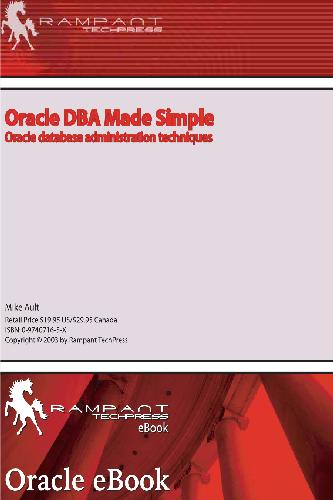- 2 402 202 книги
- Поиск
libcats.org









Saving for College Through Qualified Tuition
Linda LevineCongress has tried to make higher education more affordable by providing favorable tax treatment to savings accumulated in qualified tuition programs (QTPs), also called Section 529 programs after their citation in the Internal Revenue Code. QTPs initially allowed individuals to save for qualified higher education expenses(QHEEs) on a tax-deferred basis. The Pension Protection Act of 2006 (PPA) made permanent the temporary enhancements to QTPs contained in the Economic Growth and Tax Relief Reconciliation Act of 2001.The enhancements include making qualified withdrawals from QTPs tax-free. One type of QTP, prepaid tuition plans, enables account owners to make payments on behalf of student beneficiaries for a specified number of academic periods/course units at current prices thereby providing a hedge against tuition inflation. States were the only sponsors of prepaid plans until Congress extended sponsorship to eligible higher education (private) institutions effective in 2002.States remain the sole sponsor of the more popular type of Section 529 program, college savings plans, which account for most of the $105.7 billion in QTP assets as of December 31, 2006.College savings plans can be used toward a variety of QHEEs at any eligible institution regardless of which state sponsors the plan or where the beneficiary attends school. In contrast, if beneficiaries of state-sponsored prepaid plans attend out-of-state or private schools, the programs typically pay the same tuition that would have been paid to an eligible in-state public school. Also unlike prepaid plans, in which the state plan invests the pooled contributions with the intent of at least matching tuition inflation, college savings account owners can select from a range of investment portfolios.College savings plans thus offer the chance of greater returns than prepaid plans, but they also could prove more risky. Additionally, college savings plans charge fees (e.g., enrollment fees and underlying mutual fund fees) that lower returns - more so for accounts opened through investment advisers (e.g., sales charges). The level of these fees vis-a-vis the tax savings, the extent and manner of fee disclosure across plans, and the role of federal regulators in this area was the subject of oversight during the 108th Congress.(More recently, the 109th Congress included in the PPA enactment of Section 529(f). It charges the Secretary of the Treasury with developing regulations to prevent abuse of Section 529 and to carry out its purposes in general.The Internal Revenue Service currently is developing a notice of proposed rule making, which will include portions of the 1998 proposed regulation and anti-abuse rules. ) Both types of Section 529 programs have several features in common beyond qualified withdrawals being tax-free. Earnings not applied toward QHEEs (eg: the beneficiary forgoes college) generally are taxable and subject to a penalty. The tax and penalty can be avoided if account owners designate a new beneficiary who is an eligible relative of the original beneficiary. Account owners, rather than beneficiaries, maintain control over the funds. Contributions are not deductible on federal tax returns.
EPUB | FB2 | MOBI | TXT | RTF
* Конвертация файла может нарушить форматирование оригинала. По-возможности скачивайте файл в оригинальном формате.
Популярные книги за неделю:

Проектирование и строительство. Дом, квартира, сад
Автор: Петер Нойферт, Автор: Людвиг Нефф
Размер книги: 20.83 Mb

Система упражнений по развитию способностей человека (Практическое пособие)
Автор: Петров Аркадий НаумовичКатегория: Путь к себе
Размер книги: 818 Kb

Сотворение мира (3-х томник)
Автор: Петров Аркадий НаумовичКатегория: Путь к себе
Размер книги: 817 Kb

Радиолюбительские схемы на ИС типа 555
Автор: Трейстер Р.Категория: Электротехника и связь
Размер книги: 13.64 Mb
Только что пользователи скачали эти книги:

Всяк по-своему
Автор: Скребицкий Георгий АлексеевичКатегория: Детская литература, Природа и животные
Размер книги: 26 Kb

Шумы при измерениях
Автор: Ван дер Зил Альдерт, Автор: Перевод с английского Под редакцией А.К.Нарышкина.Категория: радиоэлектроника
Размер книги: 3.37 Mb

Forensic Medicine of the Lower Extremity
Автор: Jeremy Rich, Автор: Dorothy E. Dean, Автор: Robert H. PowersКатегория: medicine - radiology
Размер книги: 14.49 Mb

Oracle Dba Made Simple: Oracle Database Administration Techniques
Автор: Mike AultКатегория: Computer science
Размер книги: 2.96 Mb

Health, Safety, and Nutrition for the Young Child 7th Edition
Автор: Lynn R. Marotz
Размер книги: 14.90 Mb




